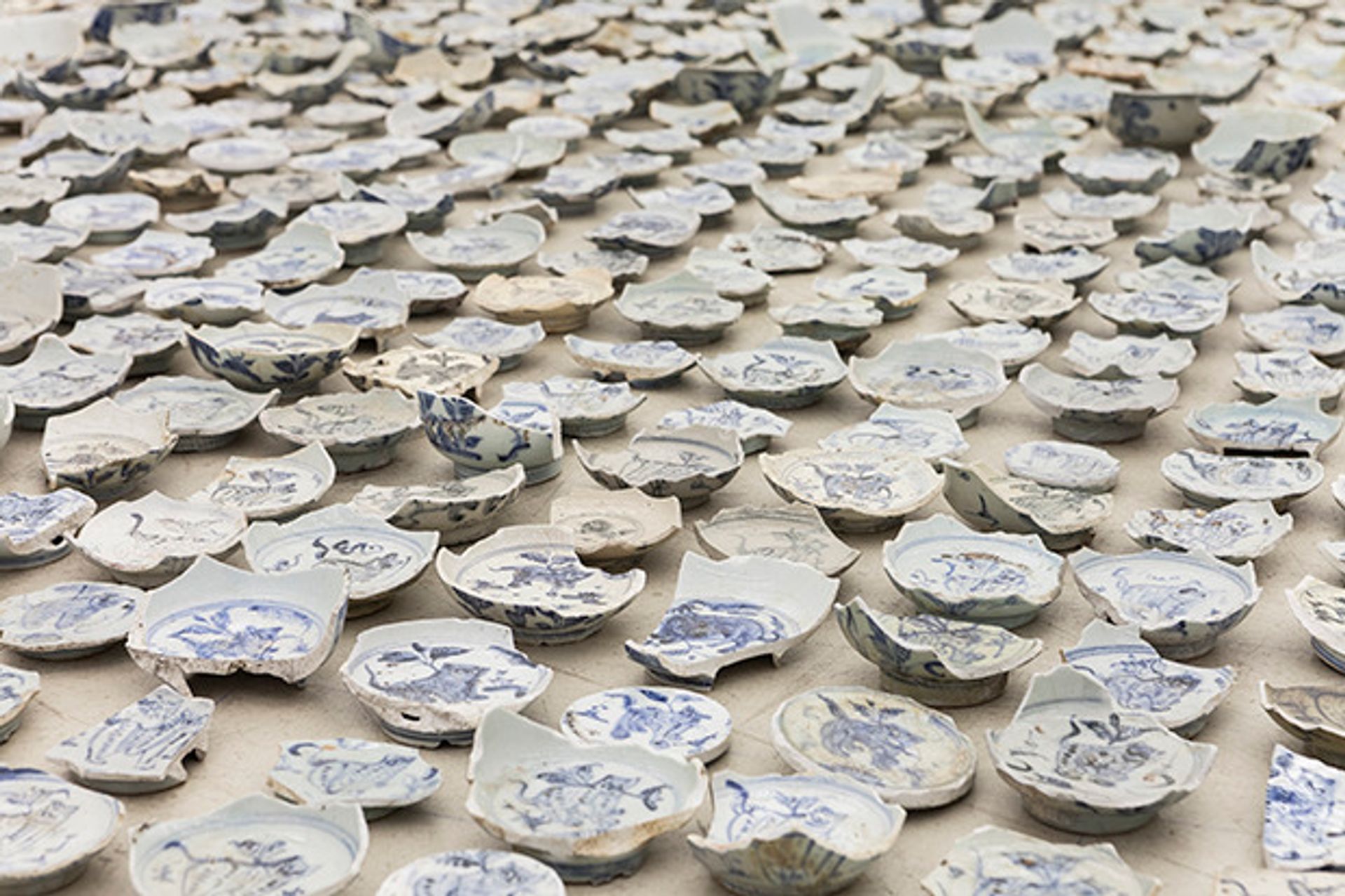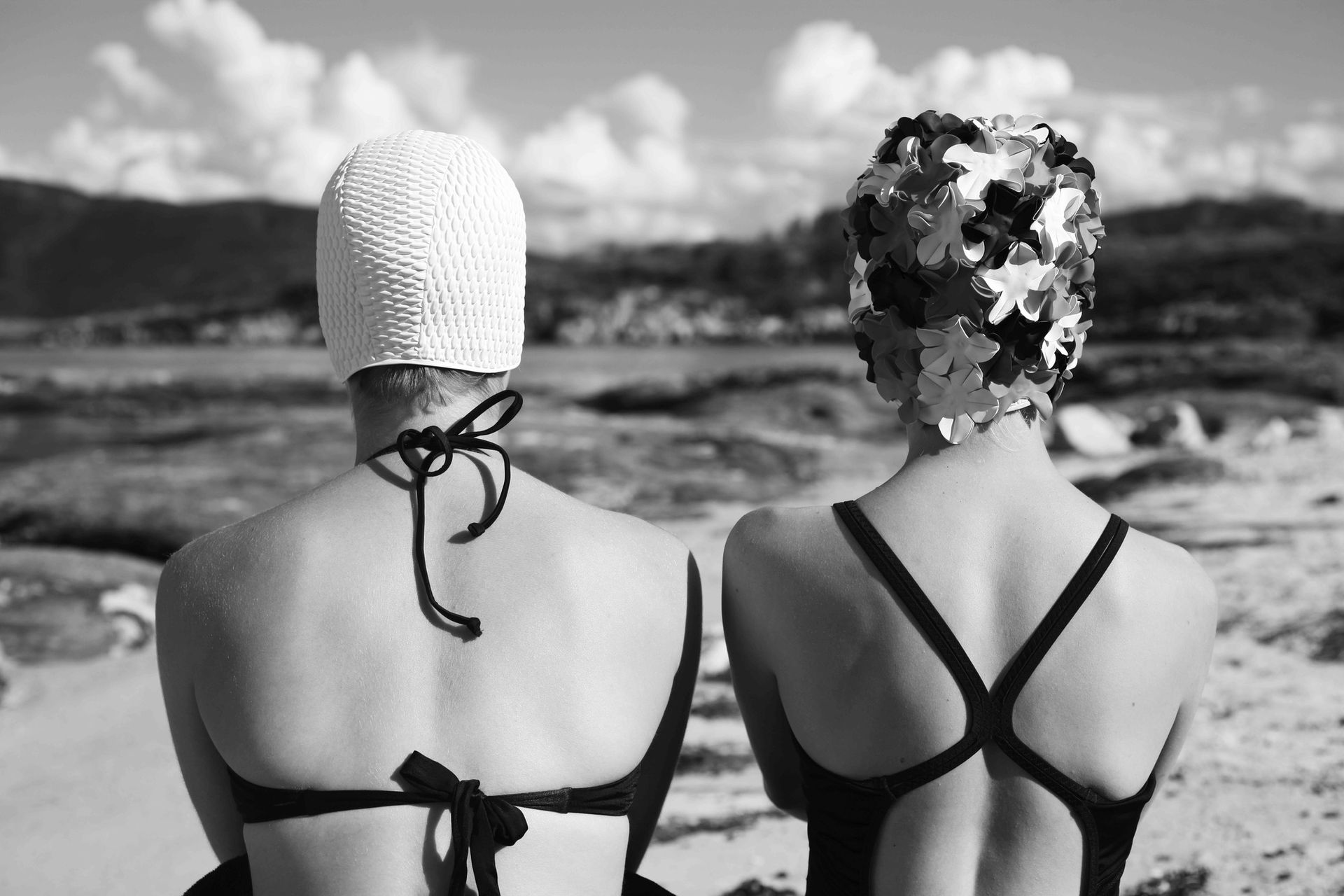Three Shanghai art events that debuted last year have bucked the sophomore slump by coordinating to create Shanghai Art Week. The high-end West Bund Art & Design Fair and Photo Shanghai (both until 13 September) and Art in the City (14 September), a festival of emerging Chinese artists and galleries, were praised by participants across the board for improvements in management, organisation, exhibition quality and visitor flow.
Highlights from Shanghai Art Week

Recent declines in Mainland China’s currency exchange rate and stock market did little to dent the optimism in the air boosted by a spate of art openings this week. The economic situation had “very little or no effect whatsoever, from what I see and hear,” said Donna Chai, the managing director of Art in the City. The West Bund fair director, artist Zhou Tiehai, echoed this sentiment, as did many dealers, but a few felt a shift in the macroeconomic winds.
“It seems in a way to be quite beneficial: the drop in shares means money is out of stocks, with more money available to buy art,” said Simon Kirby, the East Asia affiliate for Victoria Miro Gallery, showing at West Bund for the first time. “In some respects people are nervous, and in some respects more into art.”
“I feel like people are very engaged with art in China, and would want to buy, but the economic climate is holding them back,” said Audrey Yeo, the director of Singapore’s Yeo Workshop, at Photo Shanghai for the first time. Yeo reported moderate sales at her booth including pieces by the Nanjing-born Xue Mu and Singapore’s Loke Hong Seng, mostly to Mainland collectors and a few Hong Kong buyers.
Several gallerists said that work by established artists seen as a solid investment performed well, as did young Chinese artists, whose work is comparably wallet-friendly and has the prospect to appreciate in value. Mid-range work, as well as video, installation, and more conceptual pieces, however, proved harder to sell. “Photography starts at 10,000 to 20,000 [RMB], which a lot of white collars can afford,” said Shi Ying, director of A Thousand Plateaus Art Space, which returned to Photo Shanghai for a second year.

Photo Shanghai and Art in the City attracted largely local audiences, and the former continued to appeal to amateur photographers, who largely visited to take rather than to buy photographs. A fair spokeswoman said ticket sales were similar to last year’s numbers despite doubling in price to 100 RMB, but a 40% expansion of the floor space at Shanghai Exhibition Centre eased traffic.
International appeal The West Bund Art & Design Fair, with a more honed focus on the art world, seemed to draw in a more international crowd. Enrico Polato, the executive director of Shanghai’s Aike-Dellarco Gallery, who returned for a second year, said the fair went from good to better. The organisers “added quite a number of events… and there was an increased number of Asian collectors, from Taiwan, Japan, and Indonesia, plus internationally.” Polato also joined other dealers in praising West Bund’s large booth sizes and even balance of Chinese and international galleries.
“It seems to be the highlight of the whole year’s calendar,” Kirby said. “I am very much in favour of this fair, especially the exhibition conditions. It is a world-class layout.”
“West Bund has become a big thing, and the public sees it. It is definitely a plus to have this many museums and galleries [nearby],” Polato said, adding that the fair “gives people a reason to travel to Shanghai. That is why there are so many new contacts, with a number of people coming here for the first time.”
The decision among the various events to coincide their openings may also have also helped to build a critical mass. “Joining forces means cross-promotion, more people, more interest from all over the world,” Chai said. “The amount of people in town for Shanghai Art Week is unprecedented.”

